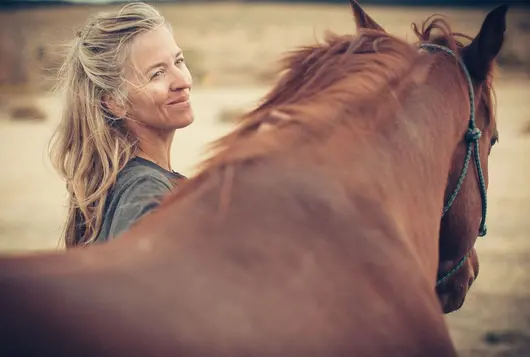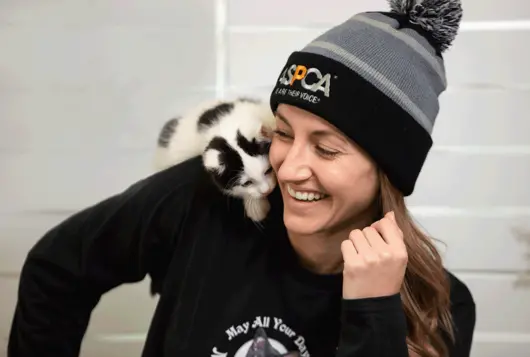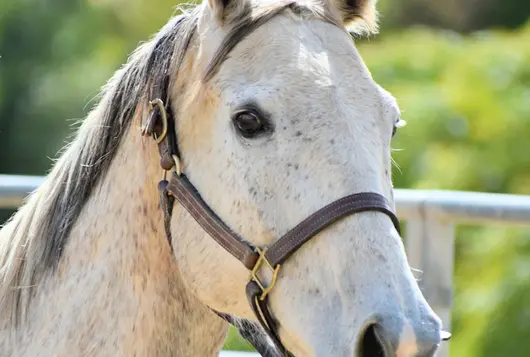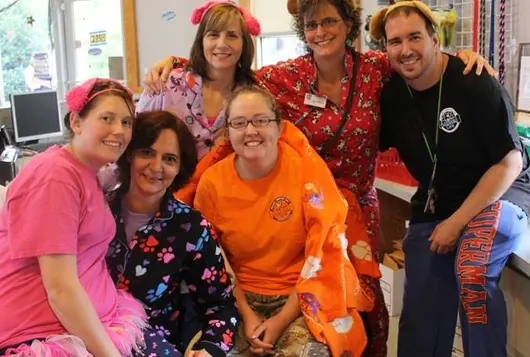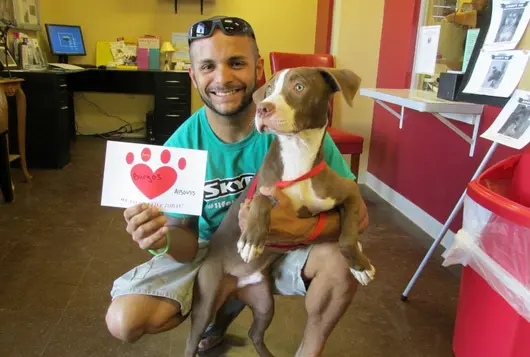Animal Shelter Population Rounds

One of the most effective ways to minimize length of stay is through the use of Population Rounds (also referred to as daily shelter rounds). This proactive approach to animal care helps ensure operations stay within an organization’s capacity for humane care and can be a key tactic for shelters that are currently operating beyond their capacity [PDF].
For each animal in shelter care, the goals of daily Population Rounds are to:
- Identify physical and behavioral needs
- Confirm their anticipated pathway to shelter release
- Update and enact their Pathway Plan
- Ensure accountability of personnel
Who conducts Population Rounds?
Although they may be conducted simultaneously and include overlapping personnel, Population Rounds are distinct from veterinary, medical, behavioral, or facility rounds.
Population Rounds should be conducted by a team of staff members with decision-making authority and knowledge of the shelter population. This team should represent shelter operations, medical, and behavior perspectives and periodically include input from adoption, animal placement, and executive management teammates. A population manager (or another leader) should be appointed to lead daily Population Rounds and implement (or delegate) the team’s action steps.
How do you conduct Population Rounds?
- Choose a consistent time for the rounds team to gather each day.
- Conducting rounds before cleaning and feeding times can aid in identification of animals that are not eating and can allow for assessment of physical (e.g., diarrhea, increased urination) and behavioral (e.g., prior house-training, marking) habits.
- For group-housed animals, conduct rounds during feeding times to ensure ready access to fresh food and water.
- Conduct Population Rounds on a daily basis.
- Rounds can generally be conducted within an hour once an efficient system is established, even in shelters with large animal populations.
- Rounds should be conducted daily at the outset and, depending on the size, turnover, and need of the shelter population, the frequency of rounds may be adjusted, as needed.
- If initiating daily rounds for the entire shelter population seems daunting, here are tips to help you get started:
- Start with twice weekly rounds and work your way up to every day.
- Start with a specific population within the shelter and work your way up to the entire population.
- Physically approach each animal’s enclosure.
- Evaluate the animal in front of you and review their current record alongside the animal inventory.
- Consider these questions and the animal’s status with regard to the Five Domains:
- Who are you? Do physical, cage-front, and animal record identifiers match?
- How are you – physically and behaviorally?
- Are you where you should be? Is your housing location appropriate to meet your needs? Does it match the location indicated in the animal inventory?
- What resources or services can we provide today to better meet your physical and/or behavioral needs and provide you with a positive experience in our care?
- Where are you going (i.e., What is your anticipated pathway?) and what resources or services can we prepare to ensure you get there as efficiently as possible?
- When performing rounds on a population that is not in the shelter (e.g., animals in foster care, at an off-site veterinary, clinic, etc.), someone with direct knowledge of the animals’ current status should be included in the conversation.
- Complete a Rounds Action List.
- Record decisions and action steps in real-time on an animal inventory log or action list to document findings and to ensure accountability and follow-up on animal care tasks.
This Population Rounds protocol [PDF] includes an action list example and can serve as a guide when creating a process that works for your shelter.
Resources & Downloads
- 6 Tools to Conquer Crowding in Animal Shelters
- Population Rounds SOP
- ASV Guidelines for Standards of Care in Animal Shelters (Population Management section)
Last Reviewed November 2023
